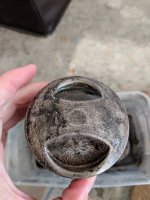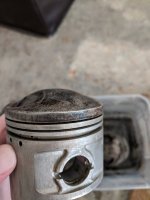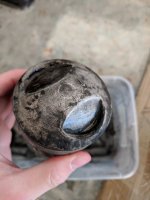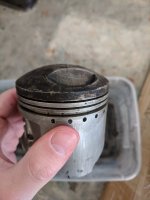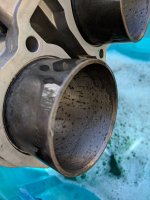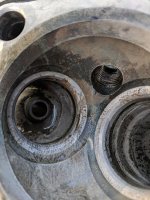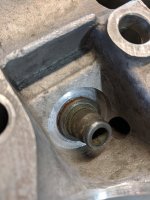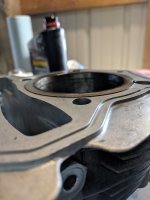The valve guide seals just snap on and off of the guides. There's a rubber rib inside the seal that snaps into a groove in the guide. You can pop the old ones off now if you like. Sometimes you'll need to do a little prying against them with a big screwdriver. Before starting your clean-up operation, protect the insides of the guides with strips of rags soaked in oil and threaded through them.

And here's a thread on valve lapping .....
http://www.xs650.com/threads/valve-lapping-did-i-do-it-right-video.10173/
And here's a thread on valve lapping .....
http://www.xs650.com/threads/valve-lapping-did-i-do-it-right-video.10173/

